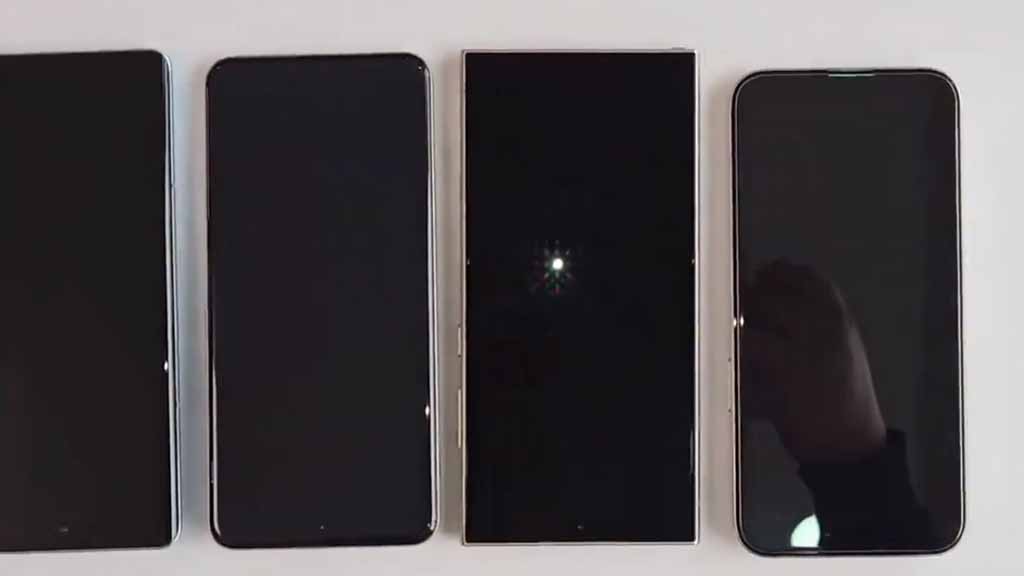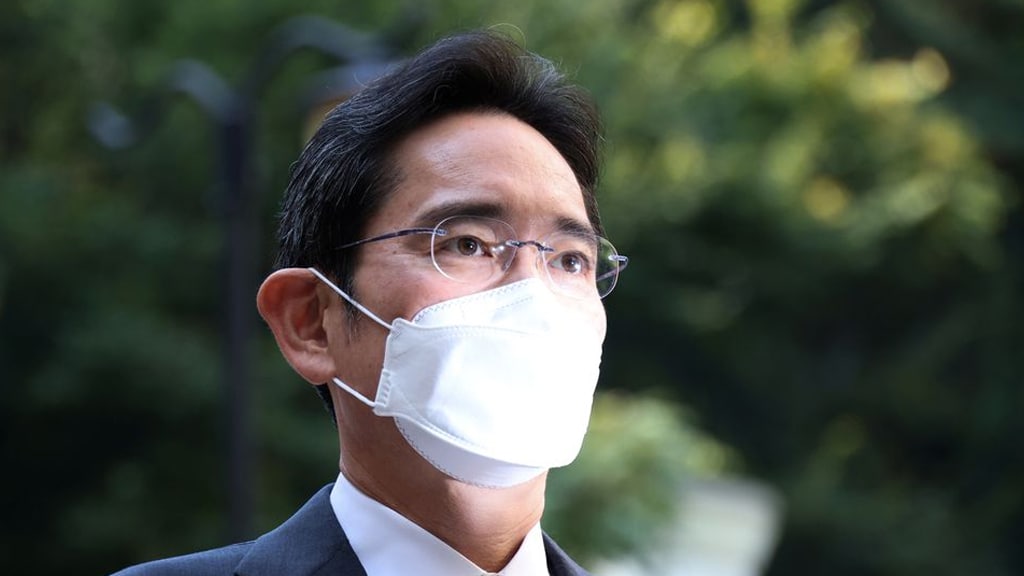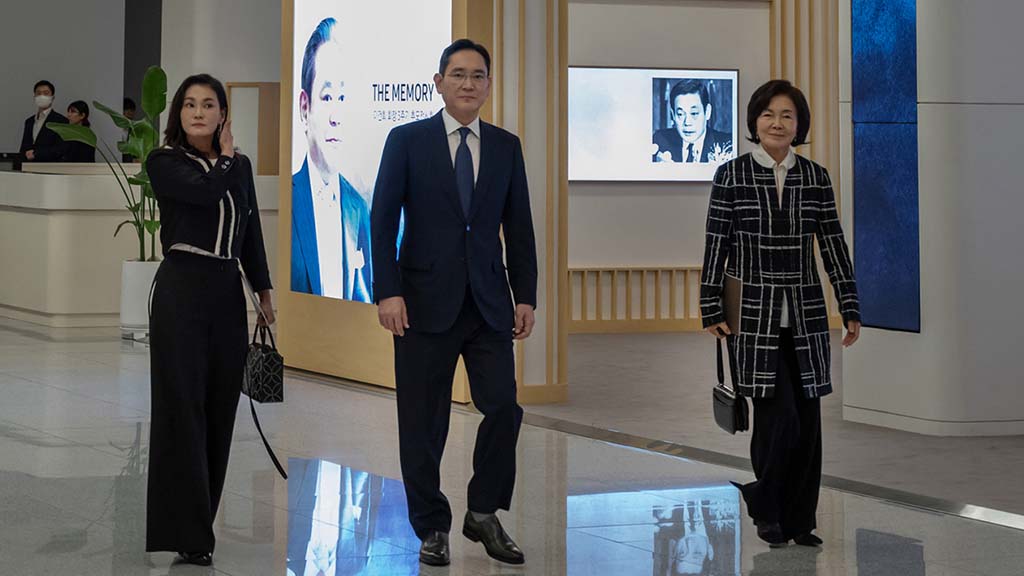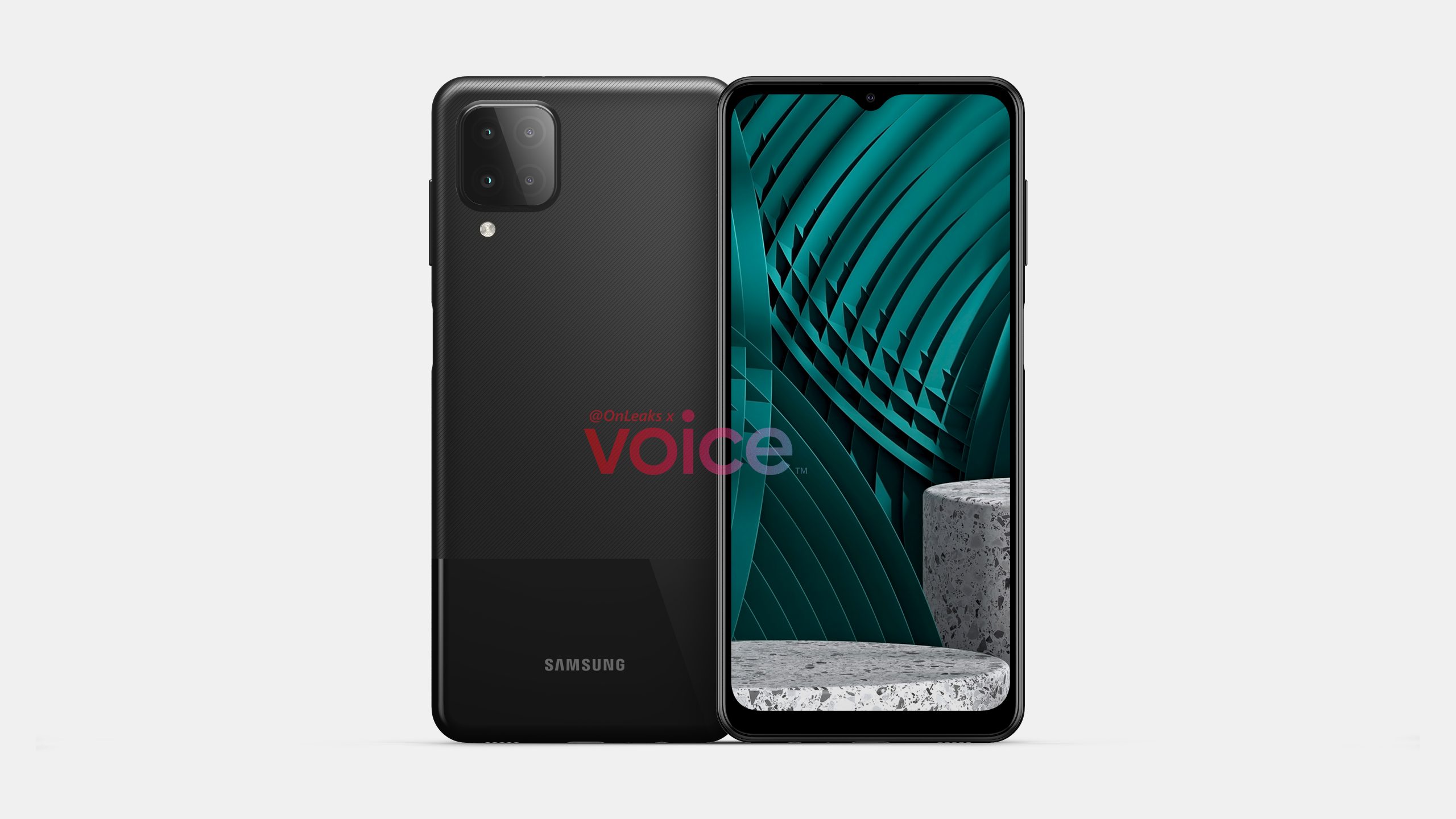News
Wi-Fi CERTIFIED 6 for WiFi 6 will become a major turning point for mass adoption in the industry: Wi-Fi Alliance

WiFi has become an important part of our lives nowadays and it has its own significance in the technological world. As the world of the internet is growing the environment of WiFi is also increasing. With the increase in the number of people using the internet, the requirements for network transmission rates also continue to grow. As of now, we can see the availability of WiFi almost everywhere we go, even in remote areas.
Currently, we have entered the sixth era of WiFi. This latest version is more stronger and capable than the previous WiFi 5. It covers both the 2.5GHz and 6 GHz while the WiFi 5 is limited to 5GHz. There are more improvements that we have encountered with the latest version in terms of transmission rate, number of connections, delay in-network, and energy consumption.
The WiFi 6 offers a more, contagious spectrum, wider channels, less interference, Gigabit speeds, Extremely low latency, and high capacity. The WiFi certified 6 brings enhanced performance to emerging applications such as virtual and augmented reality used in e-Learning, telepresence, and healthcare. It also provides WiFi operators and carriers with more capabilities to support advanced connectivity in stadiums, stations, retails, and more.
With WiFi 6, users will be experiencing an advanced level of connections along with the power of 5G. In accordance with the fifth-generation network, the WiFi 6 is expected to deliver a great performance with a wider reach, strong connections, and low latency.
According to the data, by the end of 2020, the WiFi 6 support in the smartphones will continue to increase significantly from the end of 2020 and the beginning of 2021. And the WiFi 6 trails for the commercial and industrial sectors are also in progress. The WiFi 6 will be increasing in the number of smartphones in the coming days and will take internet access to the next level.
WiFi Alliance has brought a new WiFi CERTIFIED Vantage which is a certification program that can easily find out the select devices that can provide a better WiFi experience.
The key benefits of the WiFi CERTIFIED 6 technology include higher data rates, increased capacity, performance in environments with connected devices, and improved power efficiency. This technology is fully dedicated to the power users used for streaming Ultra HD movies, using applications that require high bandwidth and low latency, and many other heavy tasks.
Wi-Fi operation in the 6 GHz frequency band enables Wi-Fi to continue delivering positive experiences for the most bandwidth-intensive applications. Wi-Fi 6E certification as part of Wi-Fi CERTIFIED 6 will offer the features and capabilities of Wi-Fi 6, extended to the 6 GHz band.
The United States Federal Communications Commission (FCC) made available all 1200 MHz of the 6 GHz band for unlicensed use, and Wi-Fi users will soon benefit from the quick action from Wi-Fi Alliance members to provide worldwide interoperability certification in early 2021.
Wi-Fi 6E can utilize up to 14 additional 80 MHz channels or 7 additional superwide 160 MHz channels in 6 GHz for applications such as high-definition video streaming and virtual reality.

Wi-Fi 6E devices leverage these wider channels and additional capacity to deliver greater network performance and support more Wi-Fi users at once, even in very dense and congested environments. Wi-Fi 6E will bring greater technology advancements in Wi-Fi that will introduce new use cases and accelerate the next-generation connectivity with 5G networks.
According to WFA, Wi-Fi CERTIFIED 6 delivers improvements and new features that enable Wi-Fi devices to operate efficiently in the densest and dynamic connectivity settings.
Key capabilities:
- Orthogonal frequency division multiple access (OFDMA) effectively shares channels to increase network efficiency and lower latency for both uplink and downlink traffic in high demand environments
- Multi-user multiple input, multiple output (multi-user MIMO) allows more downlink data to be transferred at one time, enabling access points (APs) to concurrently handle more devices
- 160 MHz channel utilization capability increases bandwidth to deliver greater performance with low latency
- Target wake time (TWT) significantly improves network efficiency and device battery life, including IoT devices
- 1024 quadrature amplitude modulation mode (1024-QAM) increases throughput for emerging, bandwidth-intensive uses by encoding more data in the same amount of spectrum
- Transmit beamforming enables higher data rates at a given range to increase network capacity
Wi-Fi CERTIFIED 6 devices bring enhanced performance to emerging applications such as virtual and augmented reality used in e-Learning, telepresence, and healthcare. Wi-Fi CERTIFIED 6 also provides carriers and public Wi-Fi operators with more capabilities to support advanced connectivity in retail, stadiums, and transportation hubs, including a growing array of location-based applications and services.
News
Samsung Galaxy S24 Ultra blows away Huawei Pura 70 Ultra with anti-reflective screen

Samsung Galaxy S24 Ultra supremacy continues with its one-of-a-kind anti-reflective screen. Huawei Pura 70 Ultra was in the headlines following the launch but failed to impress when compared to Samsung’s Galaxy S24 Ultra among others.
IceUniverse posted a video showcasing the screen reflection on many flagships. The video displays the light reflection impact on the screens of OPPO Find X7 Ultra, Huawei Pura 70 Ultra, vivo X100 Pro, Xiaomi 14 Ultra, Galaxy S24 Ultra, and iPhone 15 Pro Max.
Huawei Pura 70 Ultra brings an innovative camera tech, but the lack of an anti-reflective screen can’t be filled with it. Apple also lags behind Samsung in terms of the most stunning screen visibility, and this trend might not be ending anytime soon!
The embedded video showcases the flashlight reflection on panels of all the tested smartphones. Apple’s iPhone 15 Pro Max and Chinese flagships including Huawei Pura 70 Ultra failed to reduce the glare of the flashlight, which the S24 Ultra significantly declined.
When tested without a flashlight, the Galaxy S24 Ultra again proved superior among all. Thanks to Corning’s exclusive glass, the OLED offers vibrant colors at full capacity. At the same time, rivals look to producing faded colors, which isn’t an OLED fault, but glass’.
OPPO Find X7 Ultra,HUAWEI Pura70 Ultra,vivo X100 Pro,Xiaomi 14 Ultra,Galaxy S24 Ultra,iPhone 15 Pro Max pic.twitter.com/9JCXeF2sYw
— ICE UNIVERSE (@UniverseIce) April 19, 2024
Samsung and Corning partnered to develop the Gorilla Armor glass. The Galaxy S24 Ultra is the only smartphone that boasts anti-reflective glass tech, which reduces reflectance by up to 75%, enhances display readability, and minimizes screen reflection.
Stay up-to-date on Samsung Galaxy, One UI & Tech Stuffs by following Sammy Fans on X/Twitter. You can also discover the latest news, polls, reviews, and new features for Samsung & Google Apps, Galaxy Phones, and the One UI/Android operating system.
Do you like this post? Kindly, let us know on X/Twitter: we love hearing your feedback! If you prefer using other social platforms besides X, follow/join us on Google News, Facebook, and Telegram.
News
Galaxy F15 launches with RAM equal to Samsung’s S24 flagship

Samsung silently listed Galaxy F15 5G’s 8GB RAM variant in India. The company previously released the device in 4GB and 6GB RAM options, featuring 128GB storage. The latest release brings a third option to the F15 5G, while the memory segment remains unchanged.
As for the 8GB F15 5G, Samsung authorized retailers to sell it for INR 15,999 (~$191 or €179). Utilizing the launch offer, consumers can avail of a discount of INR 1000 (as bank cashback or upgrade bonus). Key specs are mentioned at the bottom of the post.
When Samsung launched the Galaxy S24 with 8GB RAM, it was criticized by consumers globally. Since then, the company has been given regular chances to get mocked. The Galaxy M55 5G is available in up to 12GB RAM, beating the S24 flagship’s 8GB.
There may be differences in technology, but, the larger the RAM, the smoother the device performs. As the F15 5G is here with 8GB RAM, it matched the S24 flagships costing INR 80,000 in India. Well, we hope, the next-gen flagships should have at least 12GB RAM.
Galaxy F15 5G Key Specs:
- 8GB RAM, 128GB memory
- 6.6-inch sAMOLED display with 90Hz refresh rate
- MediaTek Dimensity 6100+ SoC
- 50 MP main, 5 MP ultrawide, 2 MP macro | 13 MP selfie snapper
- 6,000 mAh battery with 25W charging
- Android 14-based One UI 6
Stay up-to-date on Samsung Galaxy, One UI & Tech Stuffs by following Sammy Fans on X/Twitter. You can also discover the latest news, polls, reviews, and new features for Samsung & Google Apps, Galaxy Phones, and the One UI/Android operating system.
Do you like this post? Kindly, let us know on X/Twitter: we love hearing your feedback! If you prefer using other social platforms besides X, follow/join us on Google News, Facebook, and Telegram.
News
Forbes: Samsung’s Jay Y. Lee is the richest Korean in 2024

Samsung’s executive chairman Jay Y. Lee (Lee Jae-yong in Korean) topped the Forbes 2024 Richest Korean list for the first time. On April 17, Forbes revealed that the Samsung boss is the richest in South Korea, with his assets increasing by $3.5 billion, bringing his total net worth to $11.5 billion.
Thanks to a rise in Samsung’s stocks, Samsung’s Lee jumped to the top of the Forbes 2024 Richest Korean list. Notably, the company’s stocks significantly hiked after the revelation that it’s developing high-bandwidth memory chips used in AI computing for NVIDIA.
Forbes 2023 Richest Korean, Kim Byung-ju, slipped to second this year with assets worth $9.7 billion. The third place went to Seo Jung-jin, honorary chairman of Celltrion, with assets of $7.5 billion.
Cho Jung-ho, chairman of Meritz Financial Group, ranked fourth with $6.2 billion, and Chung Mong-koo, honorary chairman of Hyundai Motor Group, was fifth with $4.6 billion.

Stay up-to-date on Samsung Galaxy, One UI & Tech Stuffs by following Sammy Fans on X/Twitter. You can also discover the latest news, polls, reviews, and new features for Samsung & Google Apps, Galaxy Phones, and the One UI/Android operating system.
Do you like this post? Kindly, let us know on X/Twitter: we love hearing your feedback! If you prefer using other social platforms besides X, follow/join us on Google News, Facebook, and Telegram.

